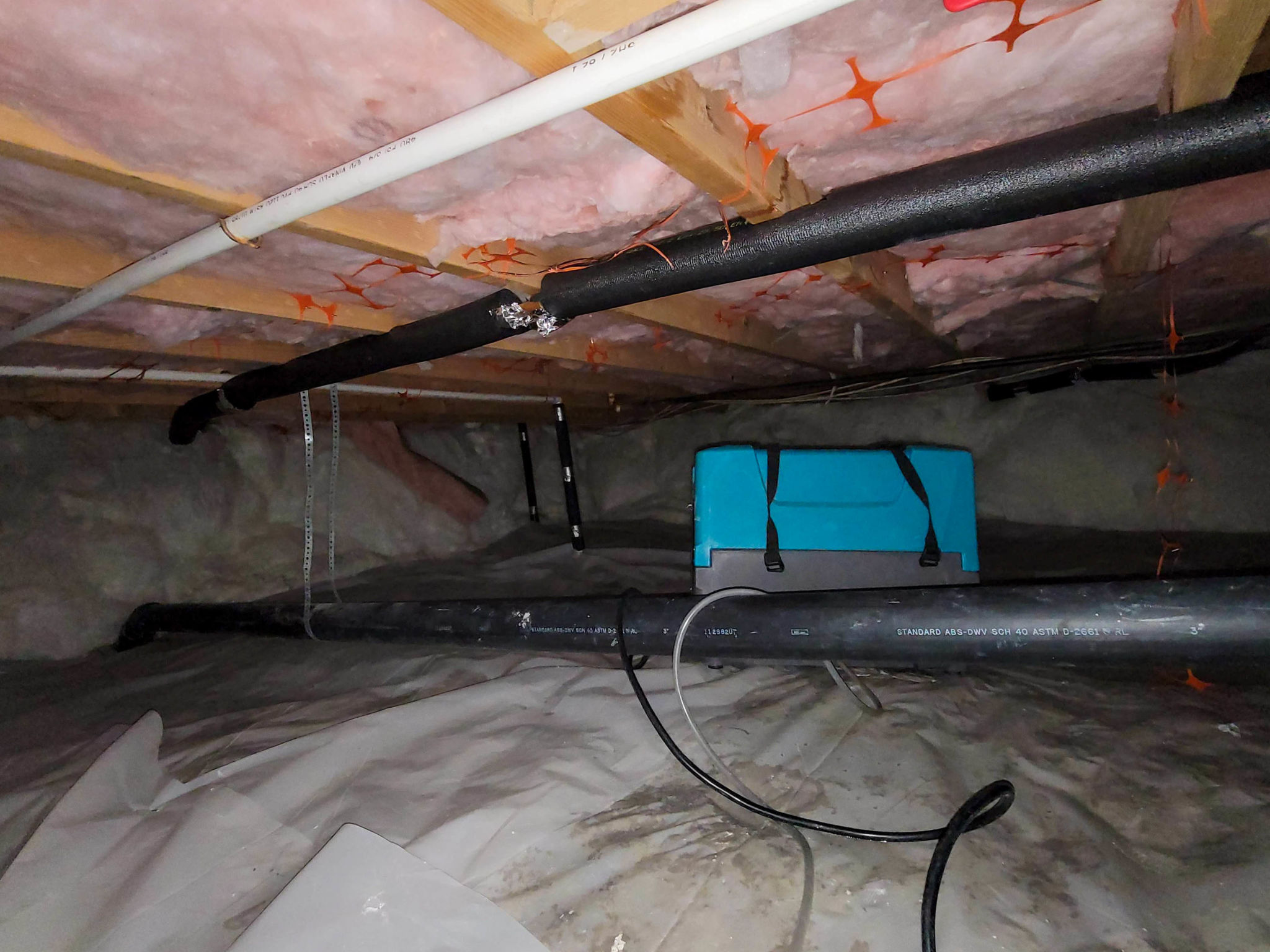Crawl Space Encapsulation vs. Traditional Methods: Which Is Right for You?
Understanding Crawl Space Encapsulation
If you're considering ways to improve your home's energy efficiency and indoor air quality, you may have come across the term "crawl space encapsulation." This method involves sealing your crawl space with a vapor barrier and insulation, providing a controlled environment beneath your home. But how does it compare to traditional methods?
Crawl space encapsulation is becoming increasingly popular due to its ability to prevent moisture issues and improve air quality. By sealing the crawl space, homeowners can significantly reduce the potential for mold growth, pest infestations, and structural damage.

Traditional Crawl Space Ventilation
On the other hand, traditional methods of managing crawl spaces often involve venting. The idea behind ventilation is to allow moisture to escape naturally. However, this technique can sometimes backfire, especially in humid climates where outside air brings in more moisture.
Vented crawl spaces can lead to several problems, including increased humidity levels, condensation, and even higher energy bills. As outside air circulates through the vents, it can make your heating and cooling systems work harder to maintain a comfortable indoor temperature.

Benefits of Crawl Space Encapsulation
The benefits of encapsulating a crawl space are numerous. First and foremost, it creates a dry environment that discourages mold and mildew growth. Mold spores can significantly affect indoor air quality, posing health risks to the inhabitants.
Additionally, encapsulation helps regulate indoor temperatures more effectively. By creating a barrier between the crawl space and your house, you help maintain consistent temperatures throughout your home, potentially lowering energy costs.

Drawbacks of Traditional Methods
While traditional methods may appear less costly upfront, they often lead to higher long-term expenses. The constant battle against moisture can require ongoing maintenance and repairs. Additionally, vented crawl spaces can exacerbate pest problems as they provide easy access points for insects and rodents.
Cost Considerations
When deciding between encapsulation and traditional methods, cost is a crucial factor. Encapsulation typically demands a higher initial investment due to materials and labor. However, many homeowners find that the long-term savings on energy bills and reduced maintenance costs make it a worthwhile investment.
It's essential to weigh the immediate costs against potential long-term benefits. In some cases, government incentives or rebates for energy-efficient home improvements might help offset the initial expense of crawl space encapsulation.

Which Method Is Right for You?
The choice between crawl space encapsulation and traditional methods largely depends on your specific needs and location. Homes in wet or humid areas may benefit more from encapsulation due to the added moisture control it provides.
Consider consulting with a professional to evaluate your home's current condition and discuss the best course of action. They can provide insights based on factors like climate, existing issues, and budget constraints.
Ultimately, whether you opt for encapsulation or stick with traditional methods, maintaining a healthy crawl space is crucial for safeguarding your home's structural integrity and ensuring a comfortable living environment.